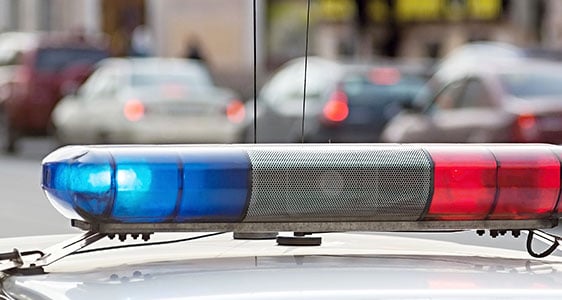
Commercial properties and organizations that rely on door/window sensors or motion detection devices to identify intrusions have likely dealt with false alarms in the past, resulting in potential fines for businesses to pay and wasted time and resources from law enforcement. In some municipalities, ordinances have been adopted to combat false alarms, requiring central security station operators to employ verification to ensure the threat is valid before law enforcement is dispatched. Call verification is common, but calls are typically made to authorized individuals that are not located at the alarm site, failing to provide definitive proof of forced entry. Thankfully, video surveillance alleviates these issues by casting a set of digital eyes on the premises to verify if any illegal activity is taking place.
Essentially, video verification replaces a security system’s traditional alarms with intelligent alerts that are comprised of 1) a signal from the intrusion detection devices, and 2) live video, or in some cases, a series of recently recorded clips. These alerts can then be sent to:
- The security system’s central monitoring station in order to determine the cause of the intrusion signal
- An authorized user (such as the property manager or owner) via an email, text message, or specialized app notification to confirm or deny the intrusion with the central station
Once verification has been achieved and law enforcement notified, one can truly step back and appreciate the proactive nature of the verified video – the process is so efficient that many burglaries and intrusions are either prevented or caught in the act, saving assets and sometimes lives. Compare that to traditional video surveillance: An intruder enters and trips the alarm; there’s no verification set up, so law enforcement assumes it to be a false alarm and does not investigate; as a result, assets are lost and property is vandalized; luckily, there’s video footage of the thief, and a report is filed with hopes that the property is recovered. That security system is merely reactive, and not nearly as valuable as a system that is verified with video surveillance.
The ultimate goal of video verification is not to reduce the number of false alarms, but rather the number of false dispatches. With fewer false dispatches comes fewer costs—law enforcement can spend its resources on more important matters while the property manager does not incur any hefty fines. Additionally, in the case of property crime, the insurer typically ends up footing the bill as well. While video verification may result in a higher amount of arrests, its true value lies in the fact that so many parties benefit from it.
